Tamworth Aboriginal Medical Service proposed new health infrastructure
Fact Sheet and Proposed Design - Our New TAMS Community Health Infrastructure
The Tamworth Aboriginal Medical Service is planning to construct new fit-for-purpose, culturally aligned, health, healing, and wellness infrastructure to continue to deliver, and expand on, its delivery of high quality, primary healthcare services to First Nations people in the Tamworth region.
View the Proposed Medical Centre Development design.
The new building will deliver tenancy security for the service, improve staff attraction and retention efforts, improve environmental performance of the facility, improve efficiency of operations, and provide an environment where First Nations people will feel safe, welcome and have access to health services delivered in a culturally sensitive and appropriate manner.
Background
Tamworth Aboriginal Medical Service (TAMS) has successfully delivered culturally appropriate primary healthcare services to First Nations people in the Tamworth region for close to thirty years.
TAMS has seen an increase from 24,000 client contacts in 2012, to 36,000 client contacts in 2017 and 64,000 client contacts in 2022. TAMS has secured additional funding to deliver additional services including aged care support, homelessness services, suicide prevention, dental services, and mental health support. TAMS is also being increasingly called upon to deliver community nursing services such as wound management, which is labour and resource intensive.
TAMS services are funded through Medicare and a range of Commonwealth and State partnerships and grants. In 2022, the organisation managed revenue of $5,420,659 to:
- Provide general practice and visiting specialist health services to Aboriginal People
- Ensure primary health care was culturally and sensitively provided through Aboriginal community-controlled health services.
- Deliver drug and alcohol rehabilitation, emotional and social wellbeing programs, and mental health outreach, complementing a holistic healthcare approach for First Nations People
- Promote knowledge and understanding among health authorities to ensure access and equity in the provision of health services to Aboriginal People.
The organisation currently employs 50 clinical and administrative staff members and has a board comprised of 8 people. The organisation will employ a further 38 staff (almost an 80% increase) over the next five years to deliver expanded services in accordance with additional grant funding which has been secured to address homelessness, aged care support, suicide prevention, and dental services.
In the next five years, TAMS plans to:
- increase annual client contacts by 50% (from 64,000 contacts to 92,000 contacts per annum)
- increase staff employed at the centre by 75%
- expand offering to include aged care, homelessness, suicide prevention and dental services.
- host 20 community/ education events on site per annum
Constraints of Existing Building
The current rented facility that houses TAMS is increasingly unworkable. The key problems with the existing building include:
- no capacity to accommodate forecasted growth of TAMS clients and staff.
- poorly laid out, lacking intuitive client navigational pathways through the building.
- not culturally appropriate.
- not fit for purpose.
- requires refurbishment.
- requires expensive and escalating lease payments.
- requires ongoing complex rental negotiations.
- does not provide secure ongoing tenancy status for future planning purposes.
- lacks space for expanding service delivery (aged care, homelessness, suicide prevention)
- lacks appropriate storage facilities.
- parking spaces are too narrow for people with walking aids and baby seats.
- insufficient parking spaces, inefficient heating and cooling systems, leaking roof.
- lacks green space for culturally appropriate health and healing activity.
- does not have a children’s play area or creche.
- entry/ exit point near a main road creating a hazard for young children.
- lacks adequate meeting rooms and toilet facilities.
- lacks staff amenities such as kitchen and lunch room.
- lacks community space for meetings, yarning circles etc.
- doesn’t meet NSW Government Connecting with Country Framework for planning, design and built environment projects in NSW
- can’t be renovated or improved structurally due to private ownership by two landlords
- will soon require staff to split across two sites to accommodate growth, creating communication, workplace health and safety issues, as well as duplication of amenities.
Planned Outcomes from New Health Infrastructure
The investment to build the new facility is approximately $20.2 million. The Cost Benefit Analysis Report defines and values the key success factors this project would deliver for First Nations people, including:
- Increased GP visitation and specialist access
- Improved mental health outcomes.
- Reduced non-urgent hospital presentations in the Tamworth region.
- Suicide prevention
- Reduced crime and incarceration rates
- Rehabilitation of drug and alcohol addiction
- Expanded support services for aged care, homelessness, suicide prevention.
- Reduced disability caused by poor oral health.
- Improved infant mortality.
- Reduction in medical errors and incident management
- Improved workflow, operational efficiency, staff retention and attraction
- Autonomy, sense of belonging and self-determination for First Nations People
- Improved employment prospects, Increased labour income and productivity
- Improved health related quality of life
View the Proposed Medical Centre Development design.
Aboriginal Health “Aboriginal health means not just the physical wellbeing of an individual but refers to the social, emotional and cultural wellbeing of the whole community in which each individual is able to achieve their full potential as a human being, thereby bringing about the total wellbeing of their community...”
National Aboriginal and Islander Health Organisations [NAIHO] definition of Aboriginal Health, restated in the National Aboriginal Health Strategy [NAHS] 1989.
“Primary health is a fundamental cornerstone of wellness and wellbeing for First Nations people, which contributes greatly to achieving the Nation’s Closing the Gap targets.”
“First Nations communities and their cultures have survived and endured colonisation, dispossession, interruption of culture and intergenerational trauma. The cumulative impacts of these traumas have resulted in a vast difference in the health and well-being of First Nations people compared to other populations in Australia.”
Source: Hunter New England Primary Health Network First Nations Cultural Framework
View the Proposed Medical Centre Development design.

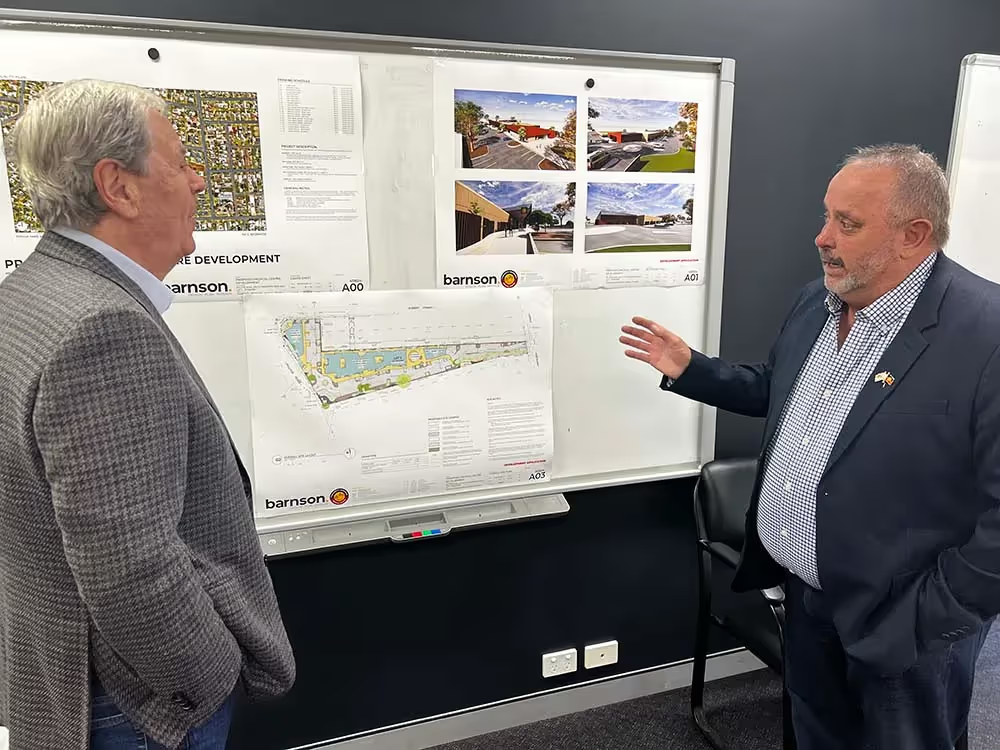
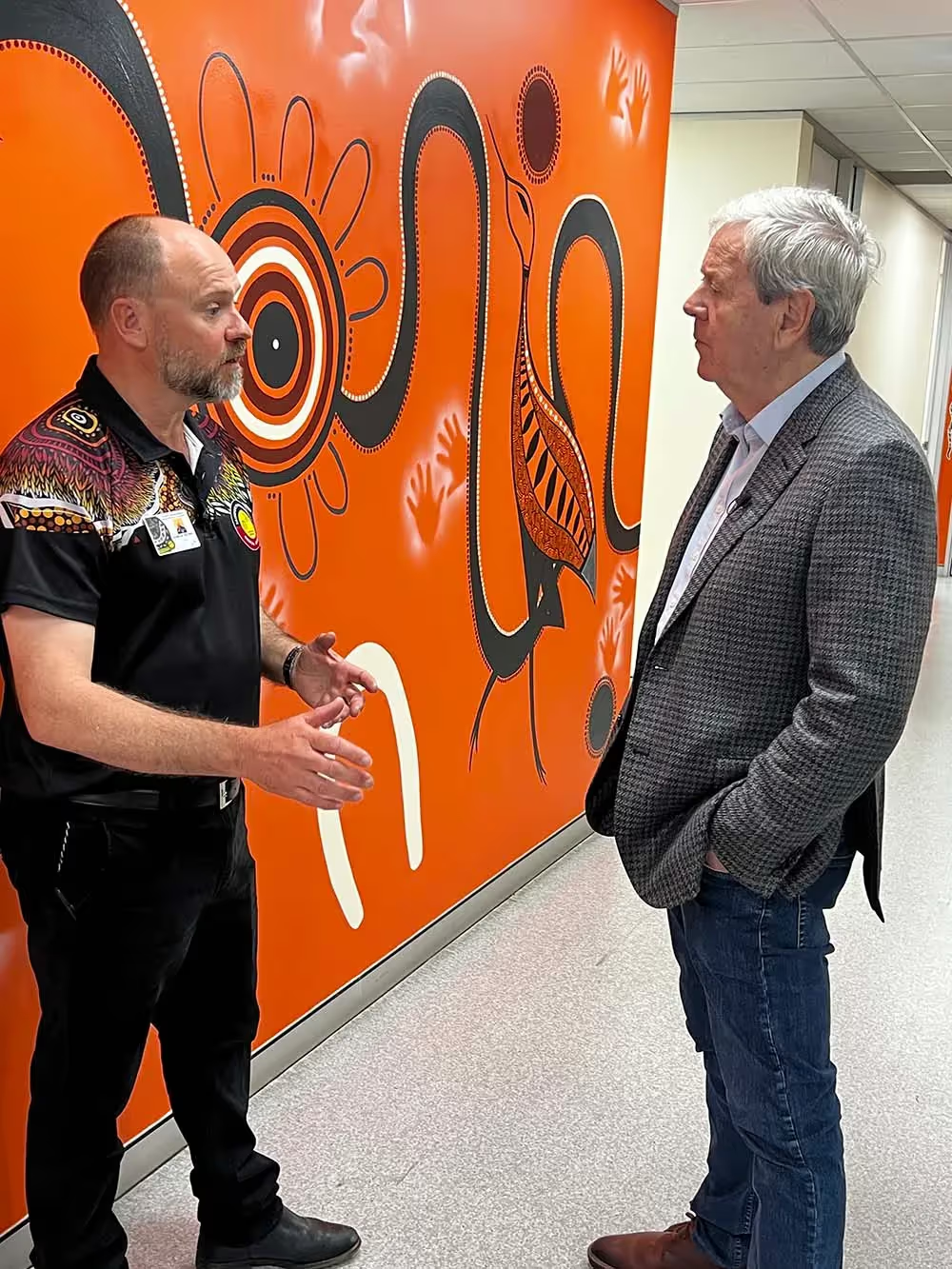
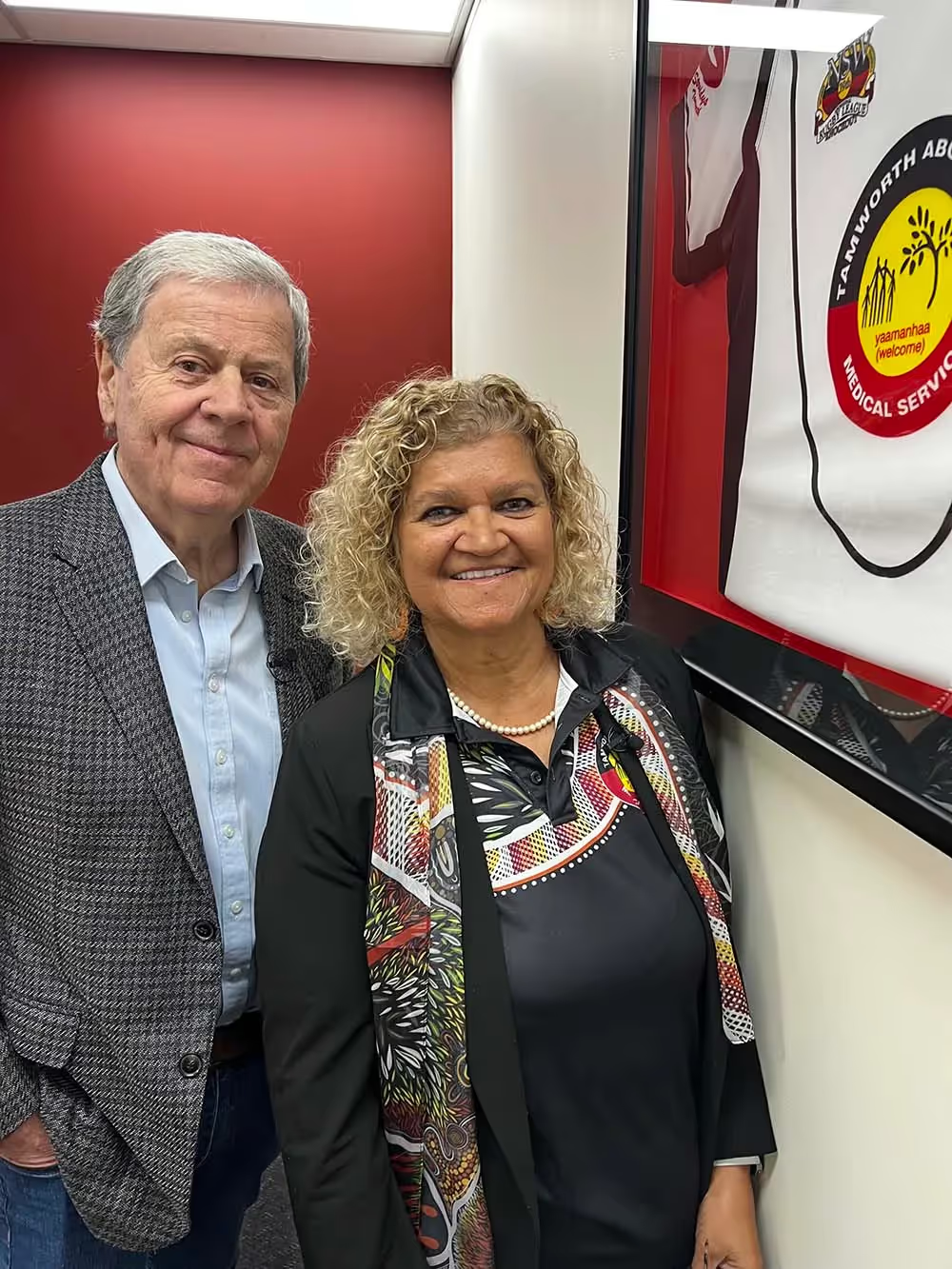




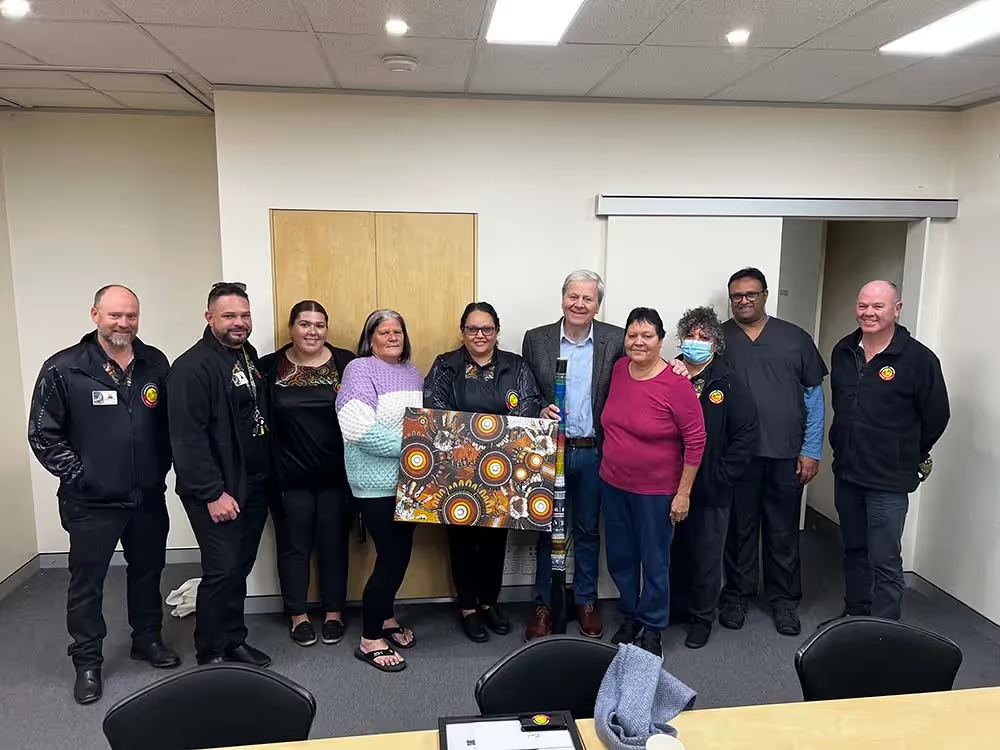
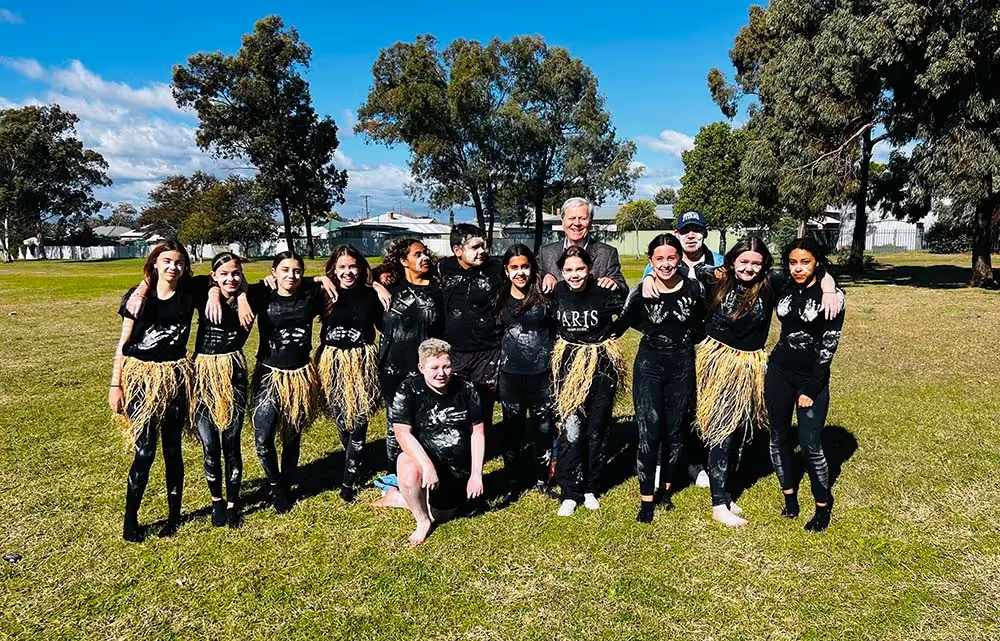
.svg)
